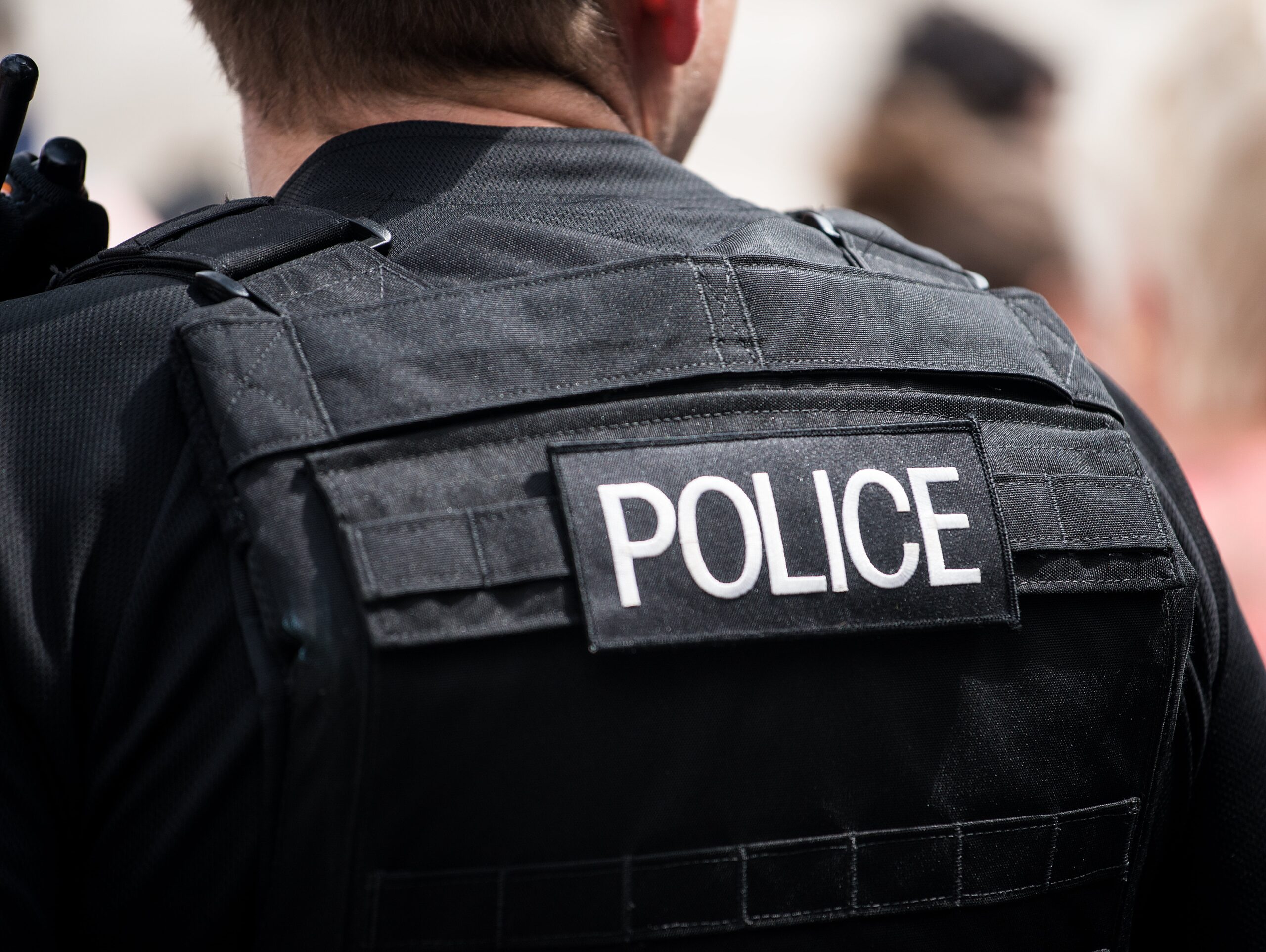Share This Article
The police watchdog has found that an NSW Police Officer had engaged in serious misconduct after he threw a torch at a 16‑year‑old Aboriginal teen, which hit him on the back of the head.
The complaint of the teen was recently heard before the Law Enforcement Conduct Commission (‘LECC’), with the incident occurring in the early hours of 21 November 2020.
On the night of 20 November 2020, the teen was with a group of about 10 to 15 friends, including his then girlfriend.
Police officers had arrived to disperse the group, with the teen and his girlfriend leaving the group to sit at the bus stop.
The teen claimed that when he was sitting at the bus stop, an officer approached him saying: “come here, c*nt, come here, c*nt.”
He said that he stood up and asked, “what for?” and then he took a few steps back.
The teen said that the officer started ‘running at him’ as he walked away, with the teen turning around and starting to run as well.
He felt a “big, like, bang, right in the back of [his] head,” from the officer’s thrown torch and fell to his knees, before he commenced running again.
He was eventually caught by another officer, after he stopped running putting his hands in the air.
Once he was arrested, the teen stated that at no point did the police officers request that he get medical attention, despite him telling them that he required an ambulance.
At the time, officers were searching for a suspect in relation to a robbery.
In evidence, police officers present said that the teen matched the description of the offender, however the offender was said to be wearing a shirt with a ‘raiders’ symbol.
The teen was wearing a shirt branded ‘CK’ and once the officers noted this, they released him.
Upon being released, the teen’s grandmother took him to the hospital, with doctor’s reporting that he had a ‘bloodied injury’ at the back of his head. The injury took about a week to heal.
When questioned over whether throwing a torch was a reasonable use of force, the officer stated: “given my mindset at that stage, yes. Upon reflection, it could have been dealt with differently. But at that stage my pure intentions were to try and trip him with the torch.”
The officer was also criticised for not turning his body worn camera on, at any stage of the interaction.
When questioned over whether he should have activated it, he said: “I’m pretty much letting an offender go if that’s the case. And I’d much rather capture that offender than worry about activating my body worn.”
However, other officers giving evidence noted that would have activated their body worn in similar situations. More concerningly, another officer giving evidence stated that he was ‘not a fan’ of turning it on straight away and that he was resistant to do so as he had seen other officers disciplined for things captured on video.
In the entries made to the police database after the incident, it was also notable that there was no reference to the use of force on the teen.
Ultimately, the officer’s torch-throwing was deemed by the Commission to be an was an unreasonable use of force. They also found that the officer’s failure to switch on his body worn camera and report his use of force was serious misconduct.
The Chief Commissioner of the LECC, the Hon. Peter Johnson SC, has recommended that the Police Commissioner should consider dismissing the officer or otherwise seriously discipline him.
The LECC also noted its concerns with officers choosing not to activate their body worn cameras and stated that the police force should ensure a consistent approach is adopted to body worn use.
Johnson said: “this investigation illustrates the need for body worn video cameras to be activated when police interact with a citizen and noted the prospect that further scrutiny by the Commission may be required if a claim of excessive force is made and no body worn video is available.”
The use of body worn video (‘BWV’) by police is governed under the Surveillance Devices Act 2007 (NSW).
The body worn video cameras record ‘high-definition wide angle vision’ as well as audio.
The recordings generated are stored on a secure video management system with restricted access.
The body worn video recordings may be used for:
- in court as evidence,
- investigative purposes (which include complaints against police),
- training material for police, and
- as otherwise permitted by regulations.
The use of body worn cameras is authorised under section 50A of this Act, which provides that officers can use the devices if:
- they are acting in the execution of their duty,
- the use of body-worn video is overt, and
- where they are recording a private conversation, the police officer is in uniform or has provided evidence that they are a police officer to each party to the private conversation.
The use of body worn will be considered ‘overt’ where the police officer informs the person who is to be recorded, that the camera is recording.
Despite this, the use of body worn may also be lawful in circumstances classified as ‘inadvertent or unexpected’ or incidental to the use of body-worn video in circumstances outlined.
A police officer’s decision to turn on their body camera is discretionary, which means that police can decide whether and when to utilise it.
The ‘standard operating procedure’ for body worn video which ought to be followed by officers prescribes that officers should consider factors such as their safety, protection, the need to capture evidence, accountability, and community expectations, when activating body worn.
They should also consider the involvement of vulnerable people in an incident, whether a situation is contentious, as well as any other relevant factors that may exist.
Police do not require consent to commence recording, however, if a person objects to the recording, it is best practice for the officer to record the objection.
Once a body worn video camera is activated to record, the person being recorded should be advised of the presence of the camera, and that it is recording their actions and conversation.
If this is not practicable, the person should be advised as soon as is reasonably practicable after activating the recording.
The recommended statement to be used is: “I am wearing a Body-Worn Video camera and our conversation, and your actions are being recorded. Do you understand that?”
The procedures provide that body worn video footage will only be provided where the prosecution seeks to rely on it as part of their evidence, with the discs thus forming part of the brief of evidence.
Image credit: John Gomez









